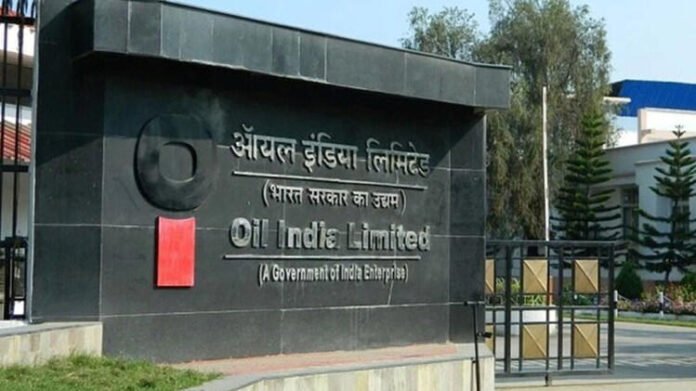In the landscapes of Assam’s Tinsukia district, where nature’s bounty meets industrial prowess, the recent incident of well-site leakage stirred concerns among locals and authorities alike. However, amidst apprehension, Oil India Limited (OIL), the prominent player in the region’s oil and gas sector, swiftly initiated measures to contain the situation. As an internal inquiry sets its wheels in motion, the incident underscores the delicate balance between economic development and environmental preservation in resource-rich regions.
The leakage, reported from a well-site in Tinsukia district, raised alarms over potential environmental ramifications and community safety. Promptly responding to the crisis, OIL mobilized its resources and deployed a dedicated team to address the situation on the ground. With a focus on containment and mitigation, the company’s efforts aimed to minimize the impact on the surrounding ecosystem and prevent further escalation of the incident.
As news of the leakage spread, concerns regarding its underlying causes and implications surfaced. An internal inquiry, spearheaded by OIL, seeks to delve into the root causes of the incident and identify areas for improvement in operational protocols and safety measures. This proactive approach reflects the company’s commitment to transparency and accountability, ensuring that lessons learned from the incident contribute to enhanced risk management and operational efficiency in the future.
The well-site leakage incident serves as a sobering reminder of the inherent risks associated with oil and gas exploration and production activities. In regions like Tinsukia, where such operations form a cornerstone of the local economy, balancing economic imperatives with environmental stewardship remains a persistent challenge. However, OIL’s response underscores the importance of proactive risk management and adherence to stringent safety standards in mitigating such risks and safeguarding the interests of all stakeholders.
Beyond the immediate containment efforts, OIL’s response to the incident underscores its broader commitment to sustainable development and corporate responsibility. The company’s engagement with local communities, environmental organizations, and regulatory authorities reflects a collaborative approach aimed at fostering trust, dialogue, and mutual understanding. By prioritizing environmental conservation and community well-being alongside its operational objectives, OIL sets a benchmark for responsible corporate citizenship in the extractive industries sector.
The incident also highlights the need for robust regulatory oversight and enforcement to ensure compliance with environmental norms and safety standards. Regulatory bodies play a crucial role in monitoring and regulating the activities of oil and gas companies, thereby safeguarding the interests of both the environment and the local populace. As the internal inquiry progresses, regulatory authorities must actively collaborate with industry stakeholders to assess the incident’s implications and institute measures to prevent recurrence.
In the aftermath of the well-site leakage incident, stakeholders across the board, including OIL, local communities, and regulatory authorities, must engage in constructive dialogue and collective action. This collaborative approach is essential for fostering a culture of safety, accountability, and environmental stewardship in the region’s oil and gas sector. By learning from past incidents and embracing a forward-thinking mindset, stakeholders can chart a sustainable path forward that balances economic development with environmental protection and social welfare.
In addition, Oil India Limited’s swift response to the well-site leakage incident in Assam’s Tinsukia district underscores the company’s commitment to proactive risk management and corporate responsibility. As the internal inquiry unfolds and stakeholders engage in dialogue and collaboration, the incident serves as a catalyst for reinforcing safety protocols, enhancing environmental stewardship, and fostering sustainable development in resource-rich regions. By working together towards common goals, stakeholders can mitigate risks, build resilience, and pave the way for a more sustainable and prosperous future.



